The Evolution of UTV Speeds Over the Years

The powersports business is a fast-moving one. Forgive the double entendre, but today we’re talking about speed, so we couldn’t help ourselves. In an industry that evolves as rapidly as powersports does, it is easy to take for granted just how far we’ve come along in terms of technological innovation.
Today’s current crop of UTVs have diverged quite a bit from their humble beginnings as machines primarily used for farming and hunting. Over the last few decades, UTVs have gone from basic, rudimentary machines that putter along a ranch performing light-duty work to much more sophisticated, state-of-the-art workhorses with the power and speed to match.
While early examples of UTVs had extremely light payloads that could barely compete with a pack mule, their modern counterparts can nearly go toe-to-toe with some light-duty passenger trucks. This transformation has been driven by technological innovations, changing consumer demands, and competitive pressures within the industry. And we’re not talking just from a payload perspective either; these newer UTVs have a real need for speed.
So, without further ado, we’re going to take a closer look at the evolution of UTV speeds over the years.
Early Years: Functional Beginnings
To the surprise of absolutely no one, early UTVs were primarily designed for utility rather than speed. The focus of many manufacturers at the time was on durability and functionality that would aid agricultural workers on the job site with a variety of tasks.
As such, many UTV manufacturers prioritized utility-focused features like cargo capacity, towing abilities, and off-road capabilities. This resulted in an early crop of UTVs that were strong as an ox but moved about as fast as a snail. These rudimentary models typically had modest engines and limited top speeds, often not exceeding 25–30 mph.
Technological Advancements
As the popularity of UTVs grew, so did the demand for better performance. Manufacturers began incorporating more advanced technologies to enhance both speed and safety.
There are several noticeable improvements to technology that allow for UTIs to get better performance over the years. These technological advancements manifested in the form of engine innovations, suspension and handling innovations, and race-inspired design philosophies, which ultimately culminated and trickled down to improve the performance of these vehicles.
Think of modern TV as the culmination of several years of iterative improvement that has now resulted in an elevated level of performance that has become the new standard in today’s modern UTVs. Let’s look at some of the specific technologies at hand and bring us these faster dune buggies that we so much enjoy.
Engine Innovations
The development of more powerful engines in recent years has been a major factor in UTV speed increases. Early UTVs were often equipped with small, single-cylinder engines that didn’t do much in the way of power but ultimately got the job done.
In contrast, modern models feature multi-cylinder powertrains with significantly higher horsepower and oftentimes forced induction to drive increased power and efficiency.
The introduction of turbocharged engines, variable valve timing, electronic fuel injections, and advanced ECUs (engine control units) all played their part in delivering the engine performance that we come to expect from modern UTVs.
When combined, these engine innovations allow for more power and delivery, improve throttle response, and provide intelligent drive modes that make today’s UTVs seem like rocket ships in comparison to their predecessors. More importantly, it’s what makes them so damn fun to ride!
Suspension and Handling
Alongside engine improvements, advancements in suspension and handling have played a crucial role in allowing UTVs to achieve higher speeds. Modern UTVs are equipped with sophisticated suspension systems that provide better stability and control at high speeds. Features such as adjustable shocks, independent rear suspension (IRS), and advanced braking systems have become standard, allowing drivers to navigate rough terrains at greater speeds while maintaining safety.

The Influence of Racing
The incorporation of racing elements into UTV designs has been a major catalyst for the increase in top speeds. As UTV racing gained popularity, manufacturers began producing models specifically tailored for competitive use. These high-performance UTVs were equipped with race-tuned engines, lightweight frames, and enhanced aerodynamics, pushing the boundaries of speed and agility.
The influence of racing has led to the development of consumer models that offer similar performance capabilities, pushing the overall market toward faster and more powerful machines.
Consumer Demand and Market Trends
Changing consumer preferences have also shaped the evolution of UTVs. As recreational off-roading became more popular, there was a growing demand for UTVs that could deliver thrilling experiences. Enthusiasts sought vehicles that could provide both utility and excitement, leading manufacturers to prioritize speed and performance in their designs.
This shift in consumer demand has resulted in a diverse range of UTVs, from work-focused models to high-speed recreational machines.
Getting the most out of your UTV with aftermarket parts
On top of all of the innovation and technological advancements that we’ve covered in this article, it’s also important to know that the aftermarket industry has grown exponentially over the last couple of years, allowing for more options for those UTV owners who are looking to turn out a couple of extra ponies out of their already quick UTVs.
From aftermarket air filters and intakes to exhaust systems to body panels that can help save some extra weight off of your UTV, we have an extensive catalogue of performance parts at StarknightMT designed to increase the performance of any UTV. So if you’ve got the need for speed, StarKnight has got you covered!
Future Prospects
The future of UTV speeds looks promising, with ongoing advancements in technology and engineering likely to continue driving performance improvements. Electric and hybrid UTVs are already making their way into the market, offering the potential for even greater speed and efficiency. Additionally, developments in autonomous driving and smart technologies could further enhance the capabilities of UTVs, making them faster, safer, and more versatile than ever before.
In conclusion, the progressive increase in UTV speeds is a result of numerous factors, including technological advancements, the influence of racing, and evolving consumer demands. From their humble beginnings as practical workhorses to today's high-speed recreational machines, UTVs have undergone a remarkable transformation.
As the industry continues to innovate, we can expect UTVs to reach even greater heights in terms of speed and performance, offering exciting new possibilities for enthusiasts and professionals alike.
FAQs
Q1: What engine technologies have contributed to making UTVs faster over the years?
A1: Some of the most noteworthy technological advancements in UT powertrains over the years have been electronic injection ECUs for induction as well as more sophisticated engineering design.
Q2: Can aftermarket parts improve the performance and speed of my UTV?
A2: Adding aftermarket parts, such as air filters or intakes, can certainly help boost your UT performance by improving the overall efficiency of the air and fuel mixture of the engine. Although it’s important to note that any modifications to the engine should be done by a professional to reduce the risk of engine failure.
Q3: What are some race-inspired UTV performance upgrades?
A3: Most racing professionals focus on reducing weight and increasing engine performance to crank out the most speed out of their UTVs. Suspension and handling are also important as well.
Q4: How do suspension and handling play a role in a UTV’s speed?
A4: A good suspension setup is going to improve your UT handling and stability, especially at higher speeds. It'll also allow for better control over rougher terrain, allowing you to focus on a smoother and safer driving experience when pinning the throttle.
Q5: Are there legal speed limits for UTVs?
A5: Yes, there are legal speed limits for UTVs that vary depending on the region and type of terrain. It is crucial for drivers to be aware of and adhere to these limits to ensure safety and compliance with local regulations.
Image Source-Cover

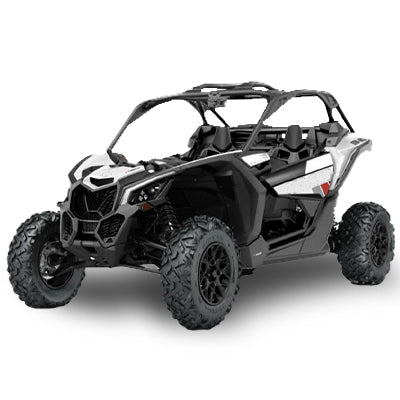
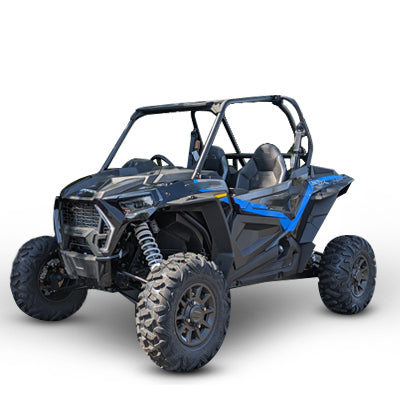
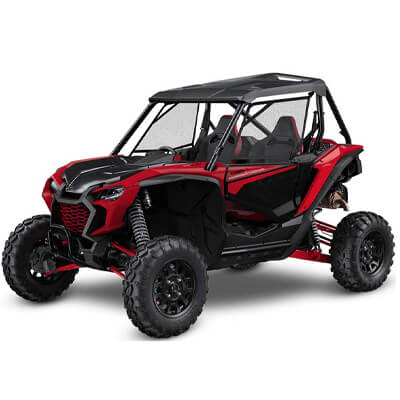
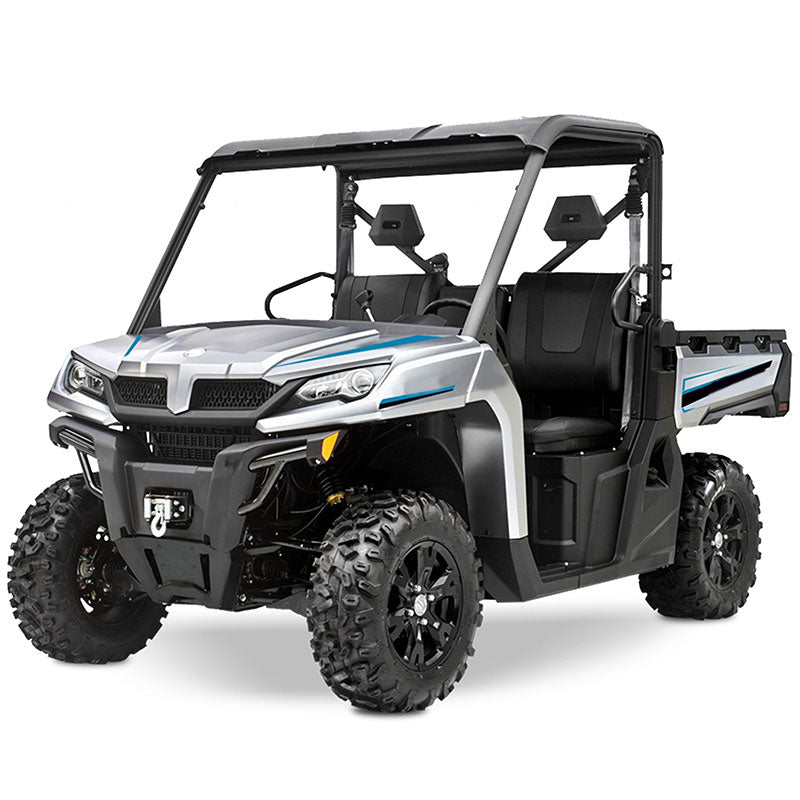
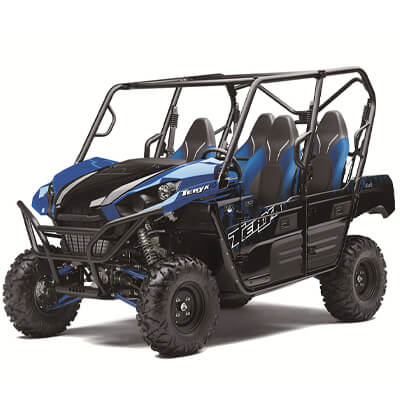
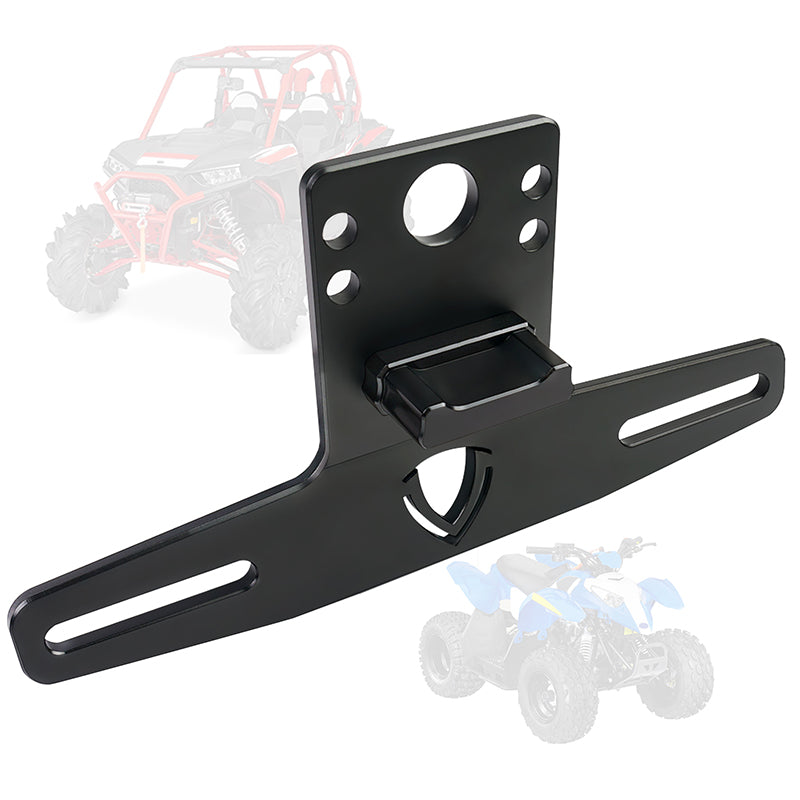
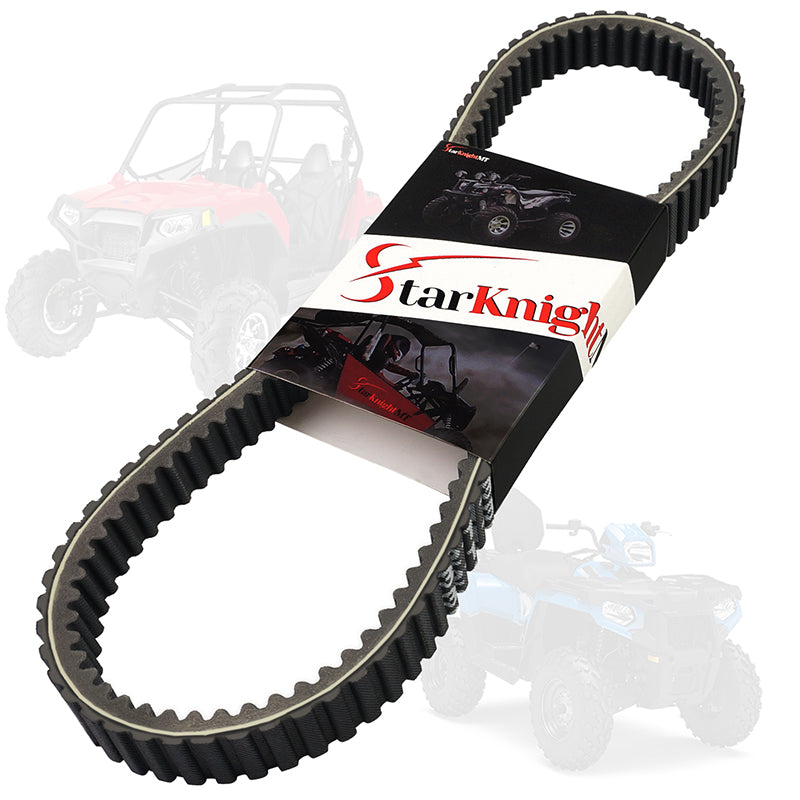



Leave a comment